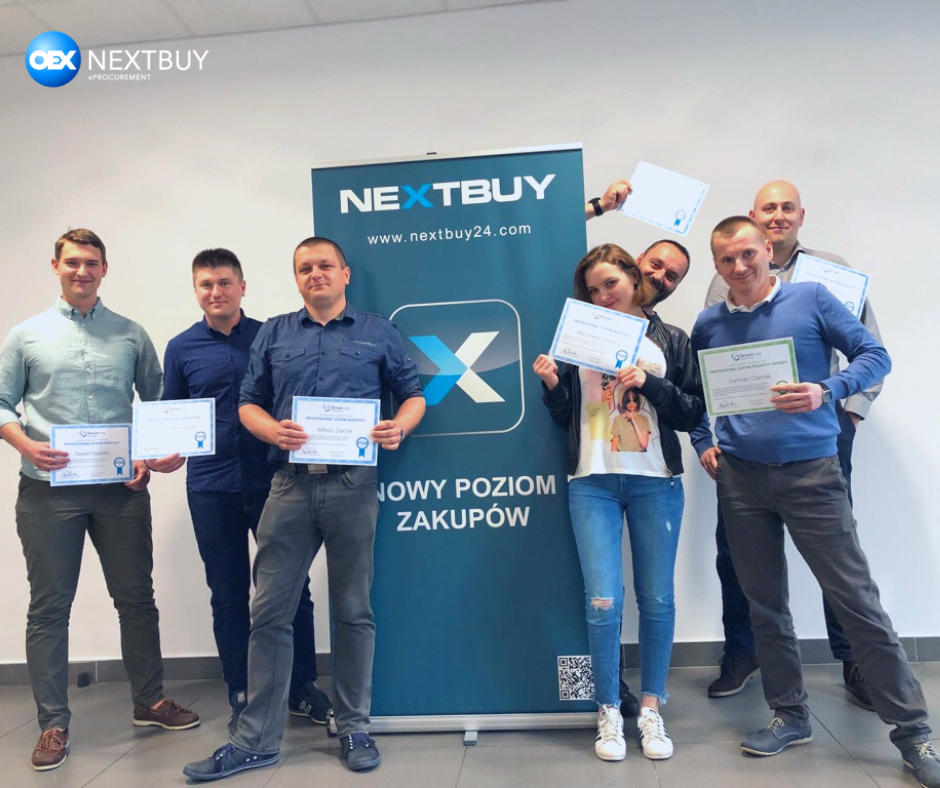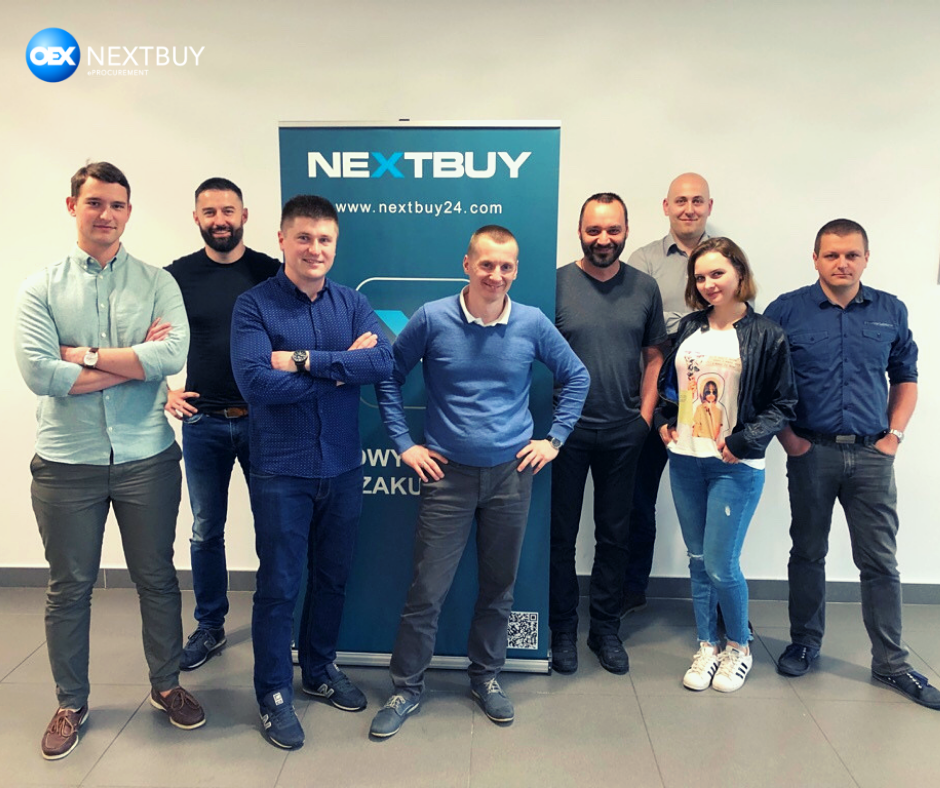Spis treści
Introduction
In the previous part of the article, we described the theory of the Agile methodology when developing the procurement system. The following text refers primarily to the practical usage of Scrum methodology in the development of our platform. What benefits does the customer receive? Does he notice the difference? And above all, how much can he gain from it?
Why Agile methodology?
The experience acquired with each implementation allowed us not only to constantly improve the product, better fit it to the needs of customers, but also for more efficient work organization. With time, more and more customers entrusted us with the extension and expansion of system functionalities, tailored to specific requirements. In response to the improvement of the development process, Agile came along with Scrum, which remained with us for good. Systematisation of the way of work, specific goals and deadlines as well as ongoing monitoring of activities made the effects very quickly visible.
Development work in Scrum – how does it work?
First of all, we start with planning – this is the first step to success. The entire team is involved in determining the expected effect and in defining tasks for the next two weeks. Real and achievable goals are selected. The important thing is that the whole team knows exactly what it will be responsible for and what it should provide for the work to achieve the desired result.
Implementation of the new functionality into the system, i.e. adding a search filter for suppliers by name, will serve as an illustrative example.
The development team specifies:
- how to add functionality to the system,
- who has the competence to complete the task,
- and how much time it takes to put it into use.
The individual components are divided into tasks, which are precisely described and assigned to a given person from the team. The person serving as the Product Owner is responsible for substantive support of the team.
The next step in Sprint is the daily and short team meeting, the so-called Daily, during which the developers discuss the ongoing tasks and progress in the process on an ongoing basis. It is also a time for mutual support.
At the end of the second week of work, the development team re-meets to analyze the difficulties encountered and possible failures during the current Sprint. This allows you to improve the team’s work in the next Sprint.
Work on the functionality ends according to the Sprint schedule, usually after 2 weeks. The team summarizes the delivered increase of work and assesses the effect. If during the Sprint it was possible to implement the assumptions and provide the given functionality, in the next Sprint the team focuses on the next specific task. If not, depending on the importance of the task, it is placed back in the backlog or chosen for execution in the future Sprint.
From the Customer’s perspective – what are the benefits?
„Some may ask the question whether the client noticed the difference in our approach and work at all … The answer is very simple: YES! Why? Because it is primarily the customer who benefits from the change of our development work.”




